When you have a massive CD collection and want to convert it to losses Digital audio to run from a server, you want a fast way to do it, I set out to find out just how fast I could do it. I am down to on average 1 CD every 10 seconds. As of writing this I am now close to 7,000 CD’s already ripped!
Never seen so many drives on a single computer! Takes so much power and processing to run all of this, but so worth it in the end!
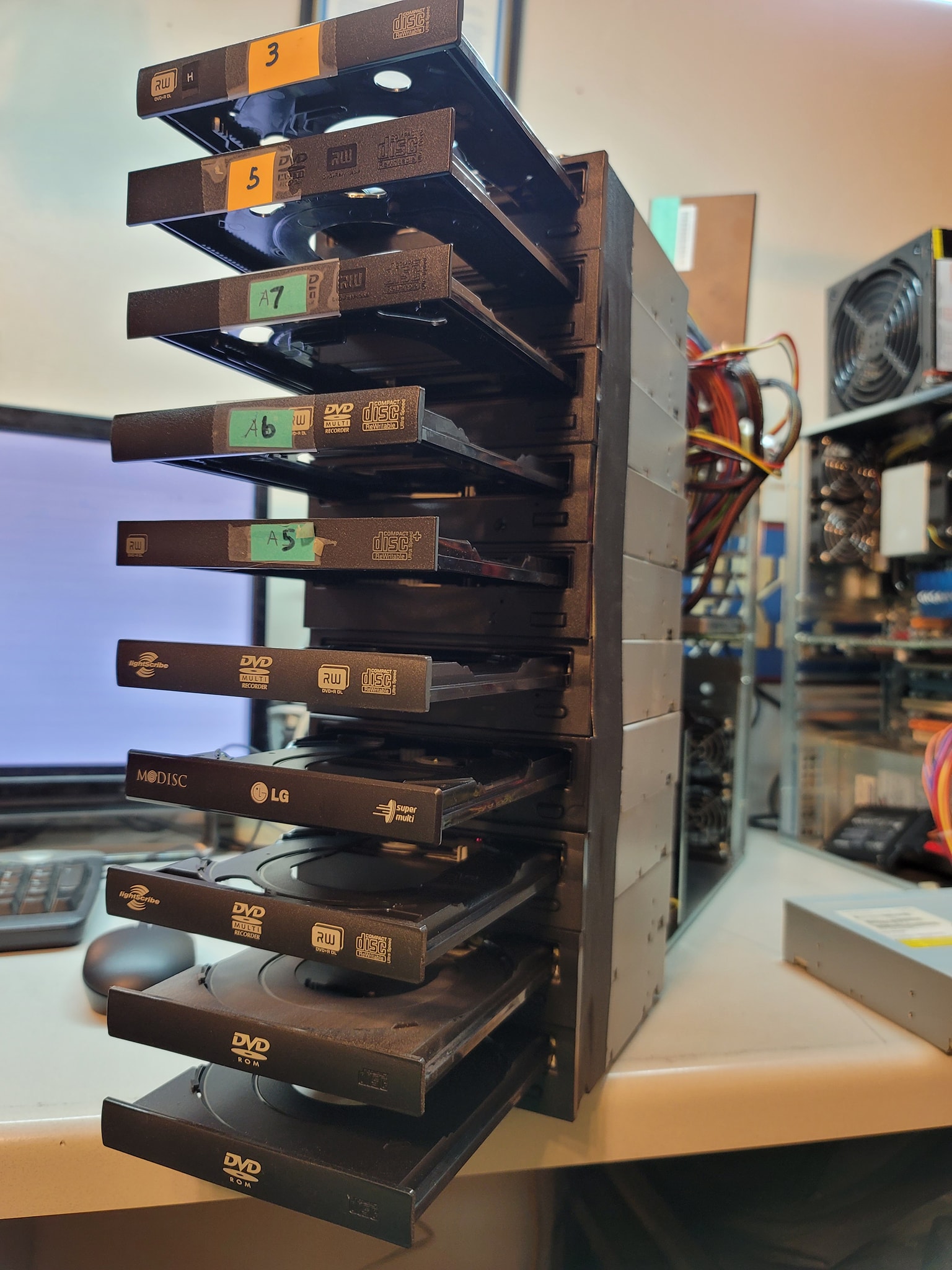
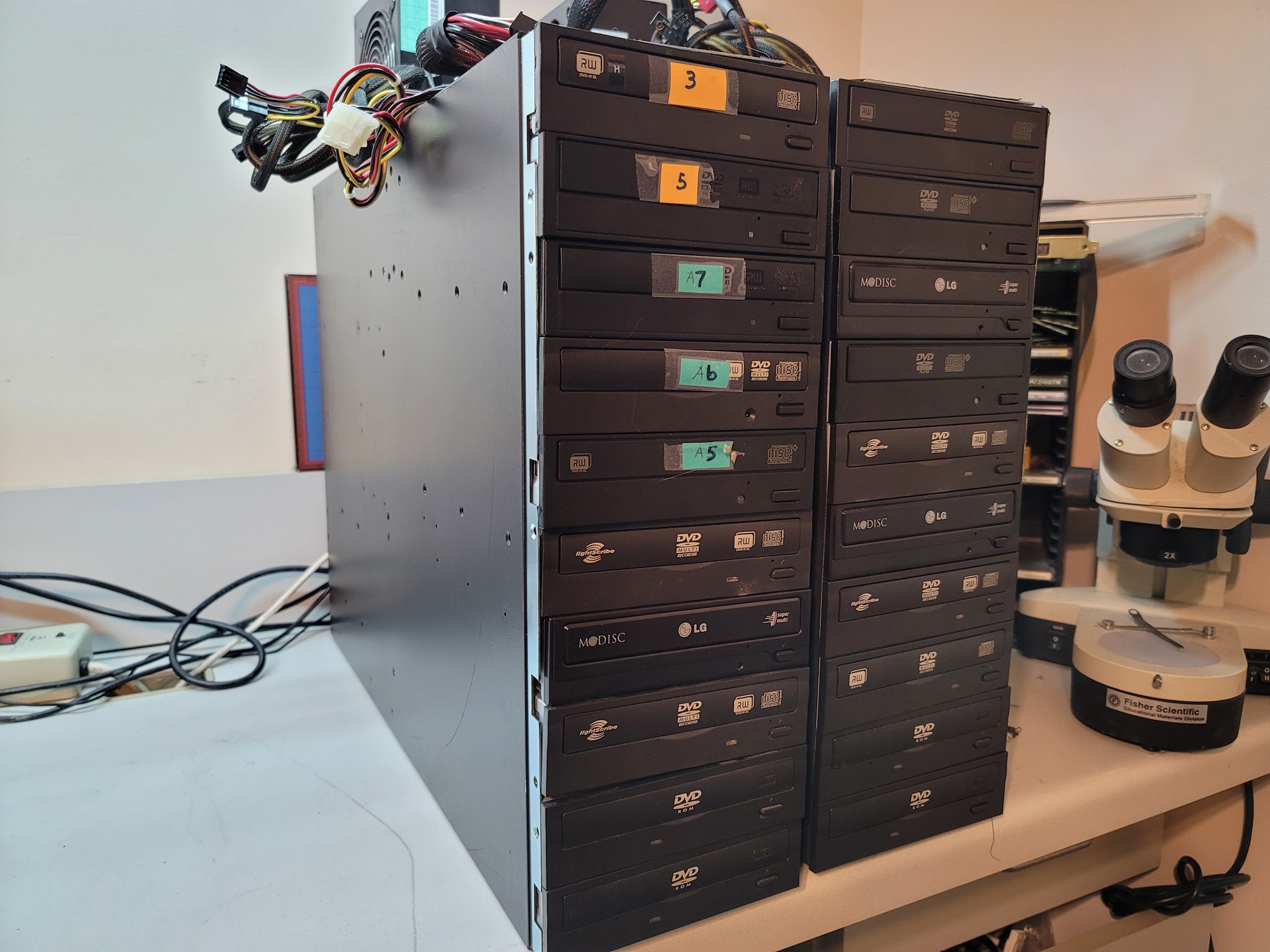
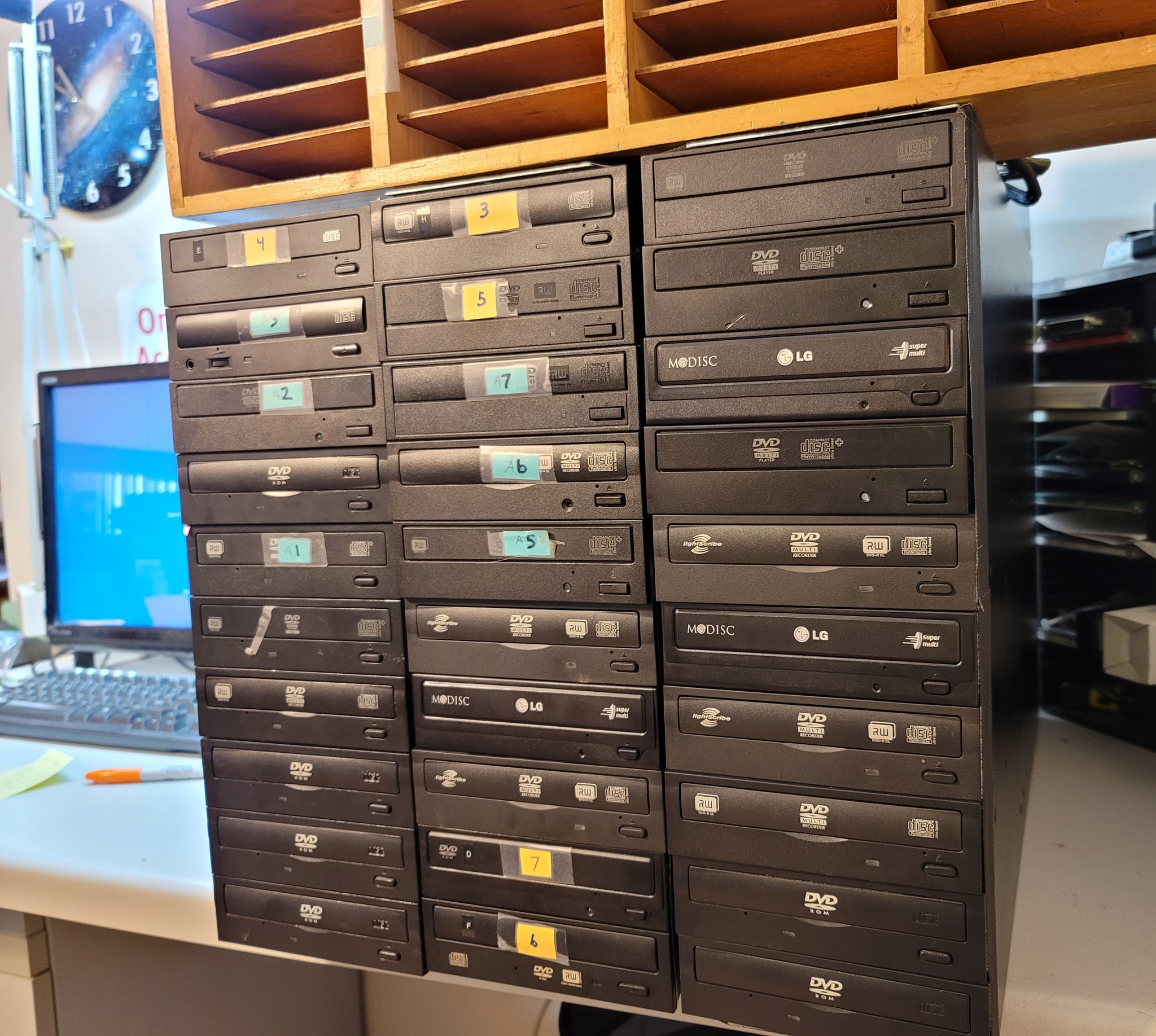
There are 10 drives per station, the other 10 drives are spares, for I burn through drives at about 1 per every 1000 disks. This is real hard use on them.
And here is what the process looks like in action, I have been at this for over 14 months now! I only do about 300 in one session per week, to keep me from going crazy!
UPDATE October 16th 2022:
All done! Almost 1 year to the day, I have now digitized 7,010 albums! All by hand. Spent over 584 hours of encode time to covert them all to FLAC. Some stats, over 101,819 tracks. That is over 1,095lbs of CD’s If I where to line them up end to end that would be a little over 1/2 of a mile! Better perspective, if I stacked flat into a tower, that tower would be 239 feet tall! or the height of a 24 story building! Total size is 2.25TB
Glad to be done with this project, I feel this photo that shows every album cover in one image puts into perspective how much work this was!
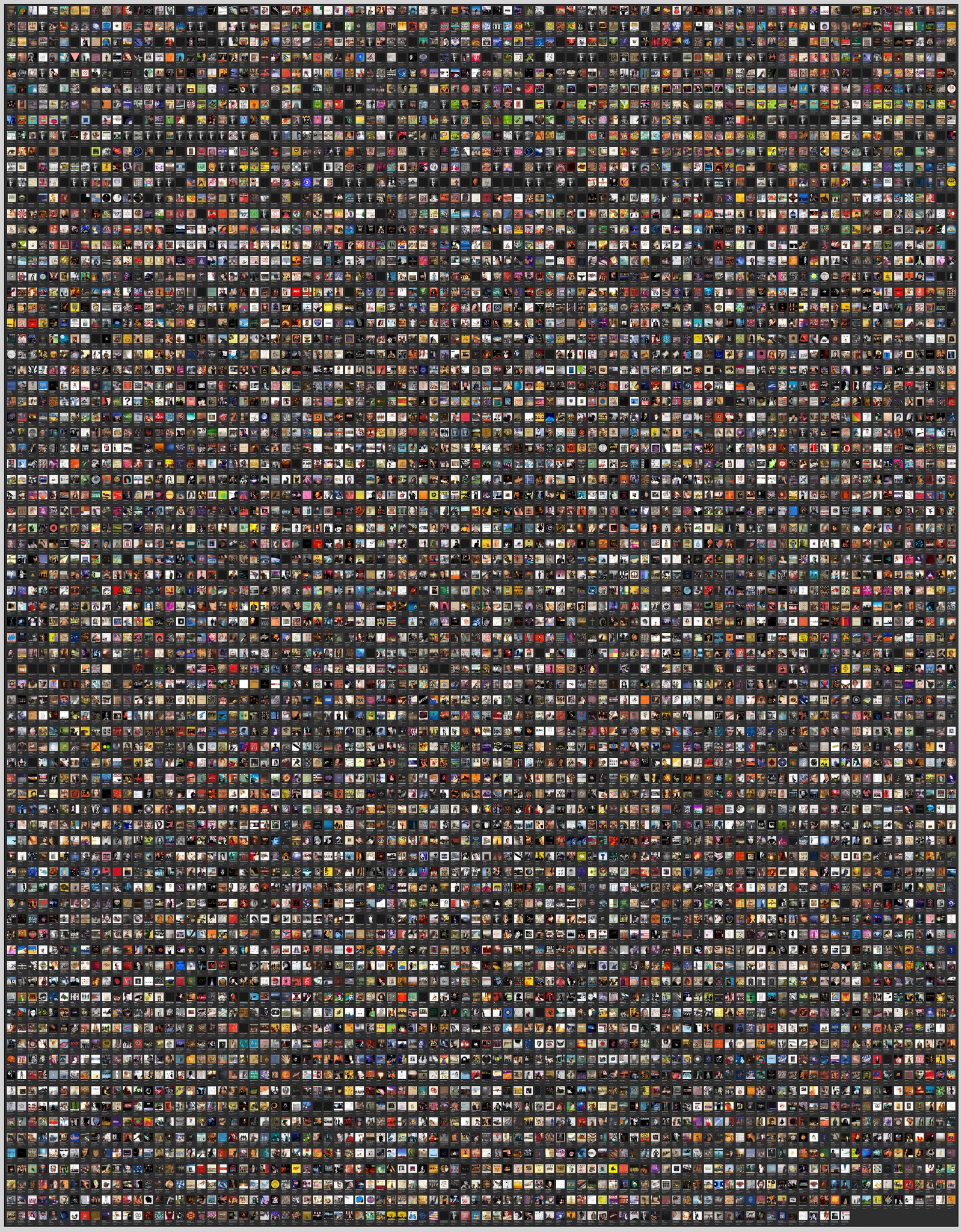
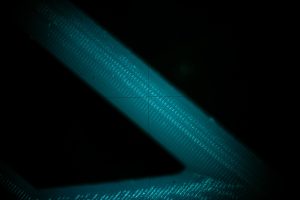
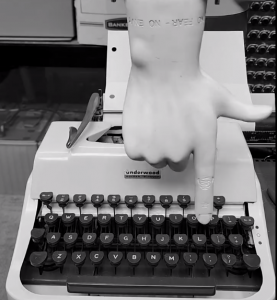
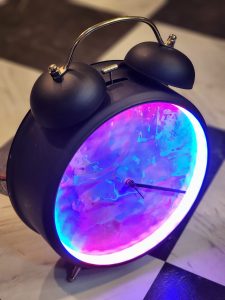
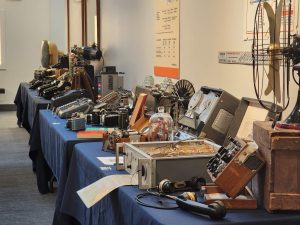
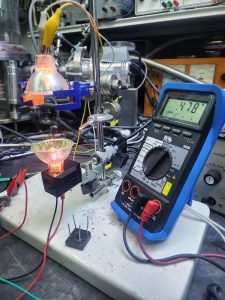
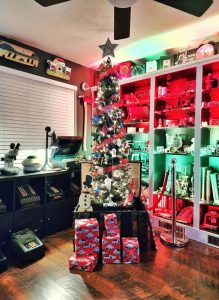
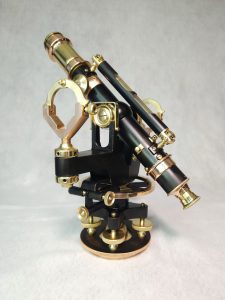
Impressive! Can you share more detail about this build? Many thanks!
Thank you! It was something of a project of old tech, The PC’s started out as old servers, that had xeon CPU’s quad cores. I maxed the DDR3 ram out to 16GB per server, for I found it needed all the ram for buffering. I chose these old servers for they had IDE ( PATA ) Drive connectors, and many SATA connectors. this let me connect so many drives to each motherboard with no aditional cards. I did find I had problems with that many CD drives on the motherboard, it was a bios limitation, it would see more HD’s but not more opitcal drives. So I had to use USB to SATA adapter for one of the drives in each. For the chassis, I removed the front frame, and stacked all the drives into the front, they fit so perfectly! There is no mounting brackets, just a line of tape holding them together and in the chassis. I found this helpful, as I burned out old drives, for quick swaps. Speaking of drives, I went to evry goodwill, IT scrap yard, the works, even friend and family old PC’s to extract as many CD drives as I could find! I had at least one spare for every one in use. They are getting a bit scarse these days! I ran into my first power issue when I started to use all the drives at once at full speed, the stock server PSU was just not strong enough, so I opeted to wire in spare power supplies to just power a few of the CD drives to take the load off and that did the trick! I jumpered them so they would turn on with power, and put them on the same power strip as the servers. Speaking of servers, In my labs datacenter I have a large server with fast network attached storage, I had the CD ripping stations dump the data to the network storage instead of local, so it was backed up in real time, and had plenty of space. Both rippers running full speed would use about 70% of a gigabit connection.
Any more questions feel free to ask!
P.S. With this many drives, windows does run into some weird issues, it would bog down some times and all drives would slow or even stop for min at a time, most odd, I would have to reboot to get it all working again.
I am in more information regarding your system. My guess is you ran windows. Not clear on the software you used. Looks interesting.
You are correct, I was running Windows 10 on these systems. The software was called dBpoweramp CD ripper. Hope that helps get you started!
That is impressive! Congrats on your progress! Thank you for sharing it with us.
I just have one question, were you running seperate OS for all towers? Or were they linked to one central pc? If so how?
Good question!
I was running Windows on each PC. but you could also run Linux. I used windows for it was already on those computers. I plugged the monitor into one of them, than used Microsoft’s remote desktop ( RDP ) to remote into the other PC that has no monitor, this would show both screens on one, so I could track what was going on for both on one screen. Any questions let me know!
Thank you so much for explaining! Looks pretty effective! 🙂